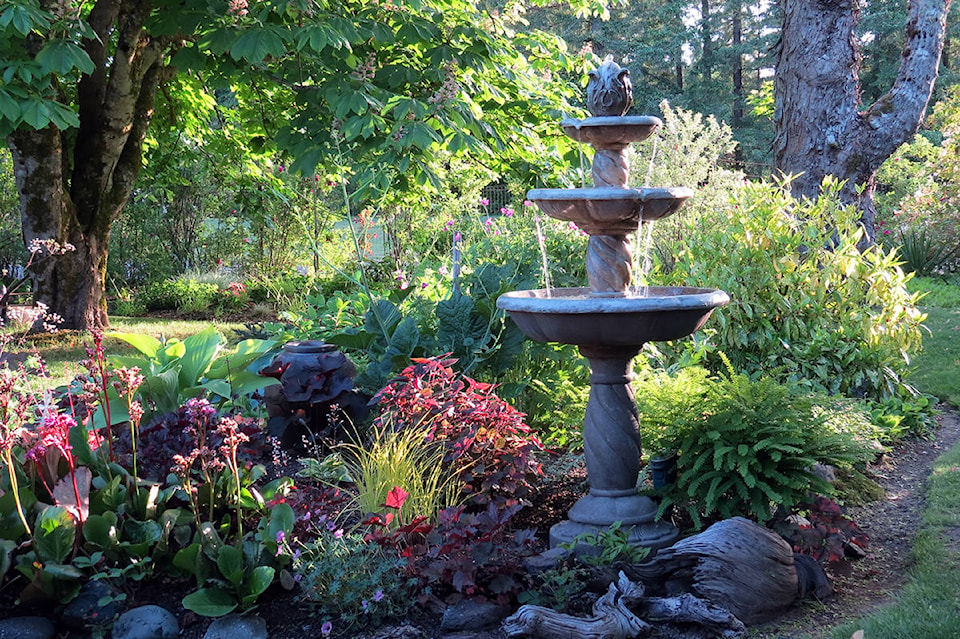Leslie Cox
Special to The Record
Gardening is definitely a learning curve.
I am still struggling to find plants which will tolerate shade and hold their own against the tree roots in my front garden. Typically, the new introductions survive well for two or three years, then slowly deteriorate as the tree roots gain a chokehold.
My modus operandi has been to dig up the plants in distress, untangle them from their tormentor, and re-plant them back in their amended hole, giving them a new lease on life. However, this game plan is becoming a bit repetitious. And time-consuming.
My main plant species focus has been hostas. They are always highly recommended in reference books as being shade tolerant.
Indeed, I have The New Encyclopedia of Hostas (Timber Press 2012) and there are beautiful photos of tree-shaded beds fully carpeted with assorted, lush hostas. And yet, my experience has been that not all hostas will grow well in such conditions.
Certainly, none of my hostas look as lush as the ones in the photos. The ones which grow to gargantuan size, like ‘Sum and Substance’ and ‘Frances Williams’ (both about three feet high by five feet wide) seem to be doing the best but are not at their full size yet, even after five years.
Perhaps patience would still be a virtue in this case. Not all perennials reach their full potential in one or two seasons. But I do wish they would hurry up! I have allotted them pretty close to their full five-foot width allowance and the surrounding, as yet unfulfilled, bare earth is driving me nuts.
Since hostas are rather a hit-and-miss solution, I started adding ferns to the shade bed. (It does not hurt that the leaf texture combination is pleasing to the designer eye.) So far, I am having better luck with this plant family. Of special note, my Japanese holly fern, Cyrtomium caryotideum, is looking quite stellar. And it is evergreen, so it adds form to the winter garden when all the hostas have disappeared.
I also have a deer fern, Blechnum spicant, in deep, deep shade and it is thriving quite decently. The fronds of this fern were once chewed by First Nations peoples and pioneers as a hunger suppressant. A food staple during the winter months for deer, they also rub their antler stubs against the fronds – perhaps as a treatment to prevent infection after their antlers fell off. (Not a good plant addition to your garden unless you are fenced to keep deer out.)
Lady fern, Athyrium filix-femina, is another fern which is doing very well. It is under the Acer campestre, European hedge maple, and is quite robust, although I am unclear whether it is at full height yet. References are confusing; some claiming it grows three feet tall, some to six feet. Regardless, I am happy with the present height of mine and adore the softness of its fronds. This fern also gets bonus points because it is beginning to spread.
Not to be outdone by a lady, the male fern, Dryopteris filix-mas, is also performing very well in the same bed. And spreading.
Across the path and tucked under my fountain is a lovely western maidenhair fern, Adiantum aleuticum. This one is doing exceptionally well too, as it is spreading out nicely from the original planting. Love the way the water droplets set the fronds dancing…especially in the light of a setting sun.
Success with a few plant species encourages me to keep trying for the right mix of plants in my tough shade garden. It certainly does not hurt that I have stubborn Scot’s blood coursing through my veins either.
Leslie Cox co-owns Growing Concern Cottage Garden in Black Creek. Her website is at www.duchessofdirt.ca and her column appears every second Thursday in The Record.
